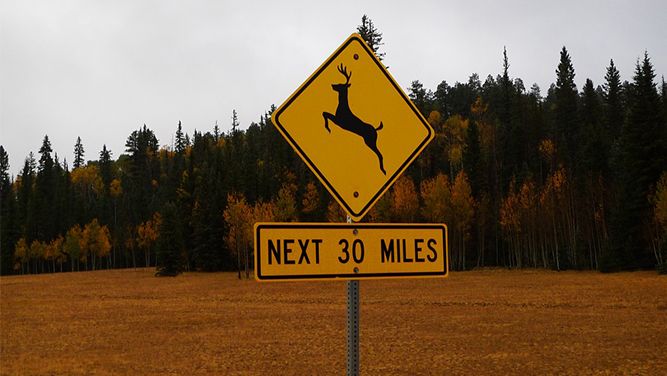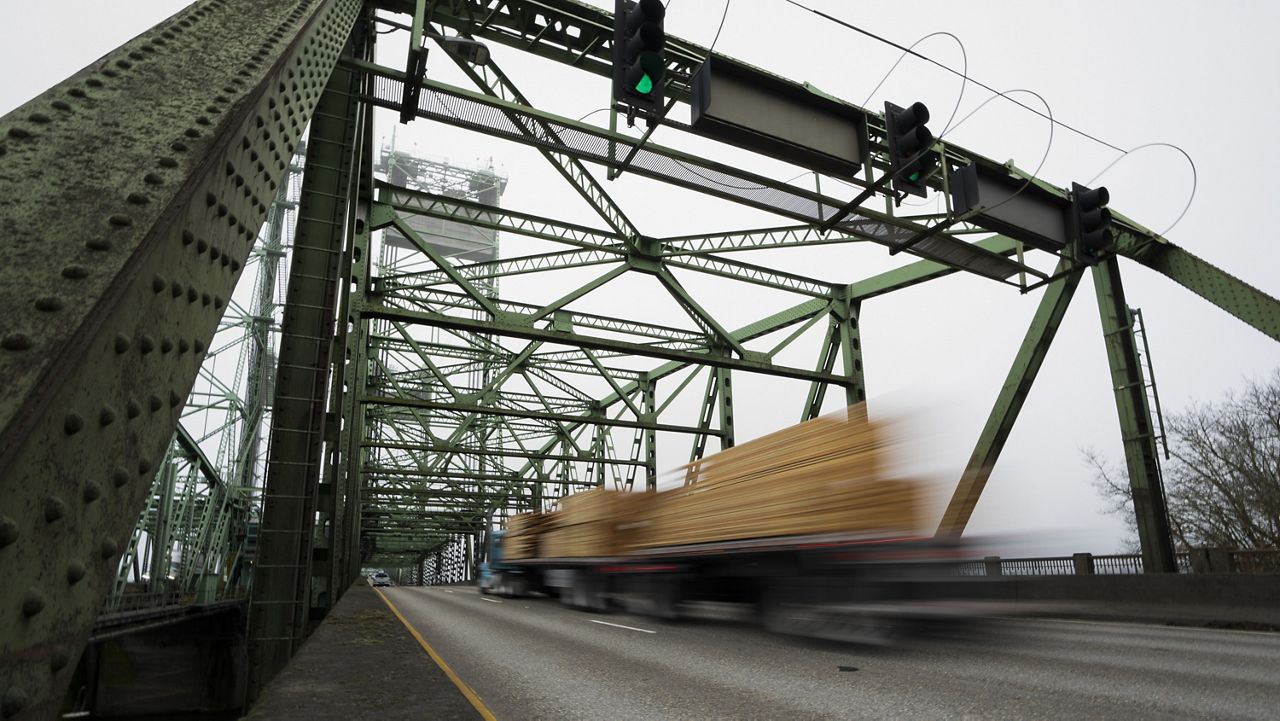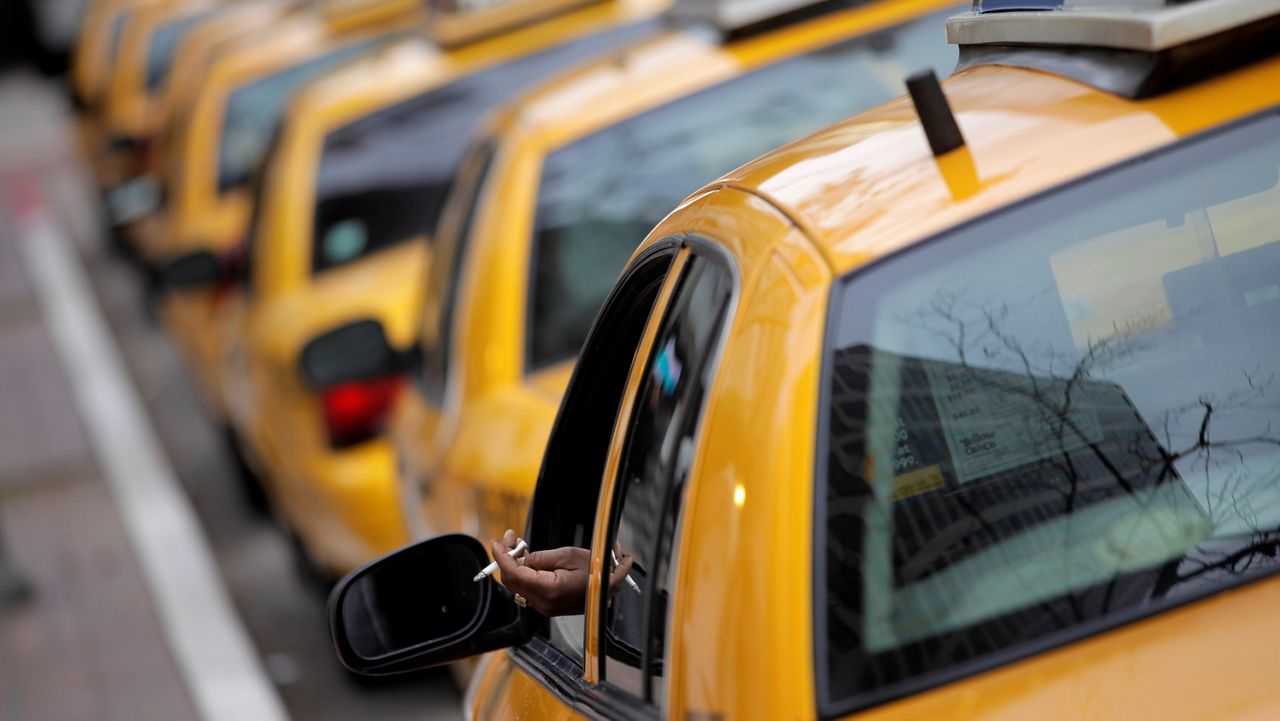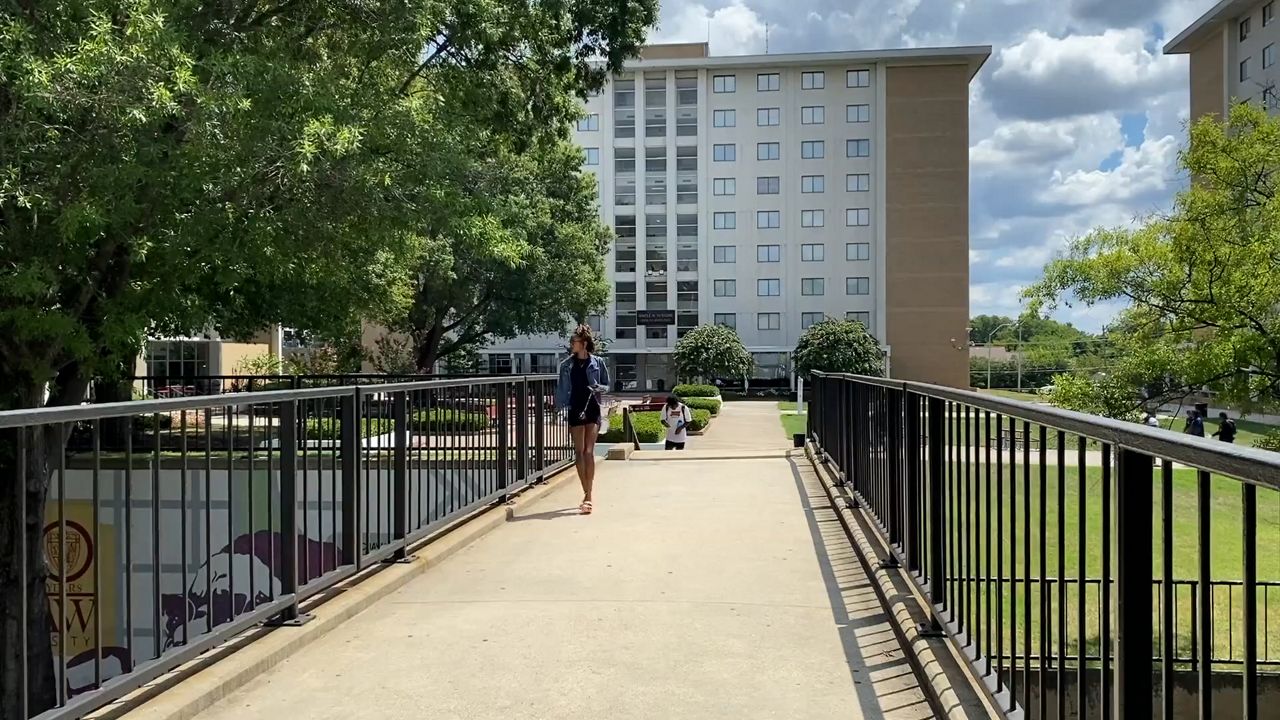RALEIGH, N.C. — Vehicle crashes involving animals decreased in 2020, according to data from the North Carolina Department of Transportation.
- The NCDOT says there were 18,607 animal-related crashes in 2020, down 8.5% from 2019
- Nearly half occured at night between October and December and usually involved deer
- Wake County usually has more animal-related accidents than any other county due to it's size and fast residential growth, according to the NCDOT
The numbers show an 8.5% decrease last year as compared to 2019. Overall, there were 18,607 animal-related vehicle accidents in 2020, the NCDOT said, usually involving a deer during the twilight hours in the fall.
“Almost half of these animal-related crashes are occurring between October and December and at night, which is when people should be especially vigilant,” said Matthew Cowhig, an NCDOT engineer who compiles the department’s yearly “Animal Related Crashes” report.
Officials say the animal strikes account for 7% of all crashes in the state.
The NCDOT Traffic Safety Unit says the decline is partially due to decreased traffic numbers last year due to the pandemic.
According to the data, Wake County had the highest number of animal crashes, 2,570, for a 3-year period ranging from 2018 to 2020. Officials say the county usually holds the top spot due to its large geographic size and fast residential growth.
The NCDOT says the following top 10 counties reported a combined 15,737 animal crashes during that 2018-2020 timeframe which resulted in damages totaling roughly $44 million, 719 injuries and three deaths.
- Wake County – 2,570
- Pitt County – 1,712
- Guilford County – 1,707
- Union County – 1,493
- Randolph County – 1,467
- Duplin County – 1,397
- Columbus County – 1,379
- Mecklenburg County – 1,361
- Brunswick County – 1,344
- Robeson County – 1,307
State transportation officials have provided the following tips to help keep you safe:
- Always maintain a safe amount of distance between your vehicle and others, especially at night. If the vehicle ahead of you hits a deer, you could also become involved in the crash.
- Slow down in areas posted with deer crossing signs and in heavily wooded areas, especially during the late afternoon and evening.
- Most deer-vehicle crashes occur where deer are more likely to travel, near bridges or overpasses, railroad tracks, streams and ditches.
- Drive with high beams on when possible and watch for deer eyes reflecting in the headlights.
- Deer often travel in small herds so if you see one deer near a road be alert for others.
- If you see deer near a road, slow down and blow your horn with one long blast.
- Do not swerve to avoid a collision. This could cause you to lose control of your vehicle and cause a more serious crash.
- If your vehicle does strike a deer, do not touch the animal. A frightened and wounded deer can be dangerous or further injure itself. Get your vehicle off the road, if possible, and call 911.
Justin Pryor - Digital Media Producer
Justin is a Charlotte-based digital media producer. He is a South Carolina native who worked in similar roles at a Charlotte TV station before joining Spectrum News 1 in 2019. Justin is a graduate of the University of South Carolina.









